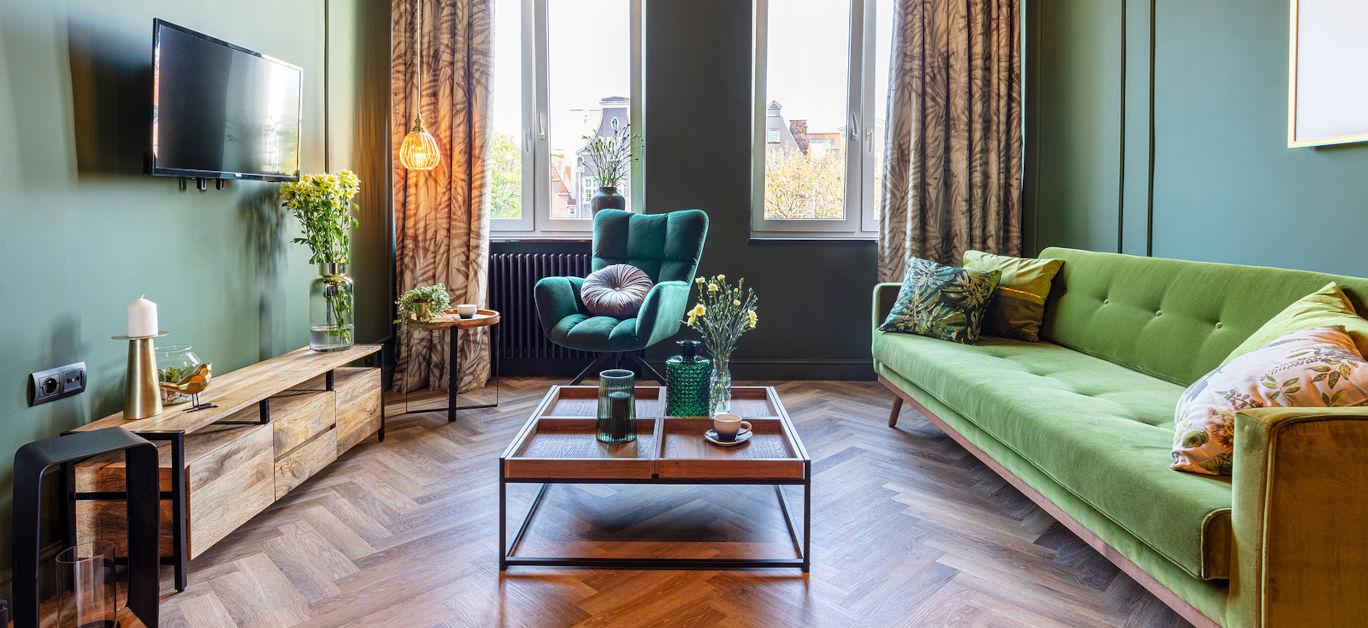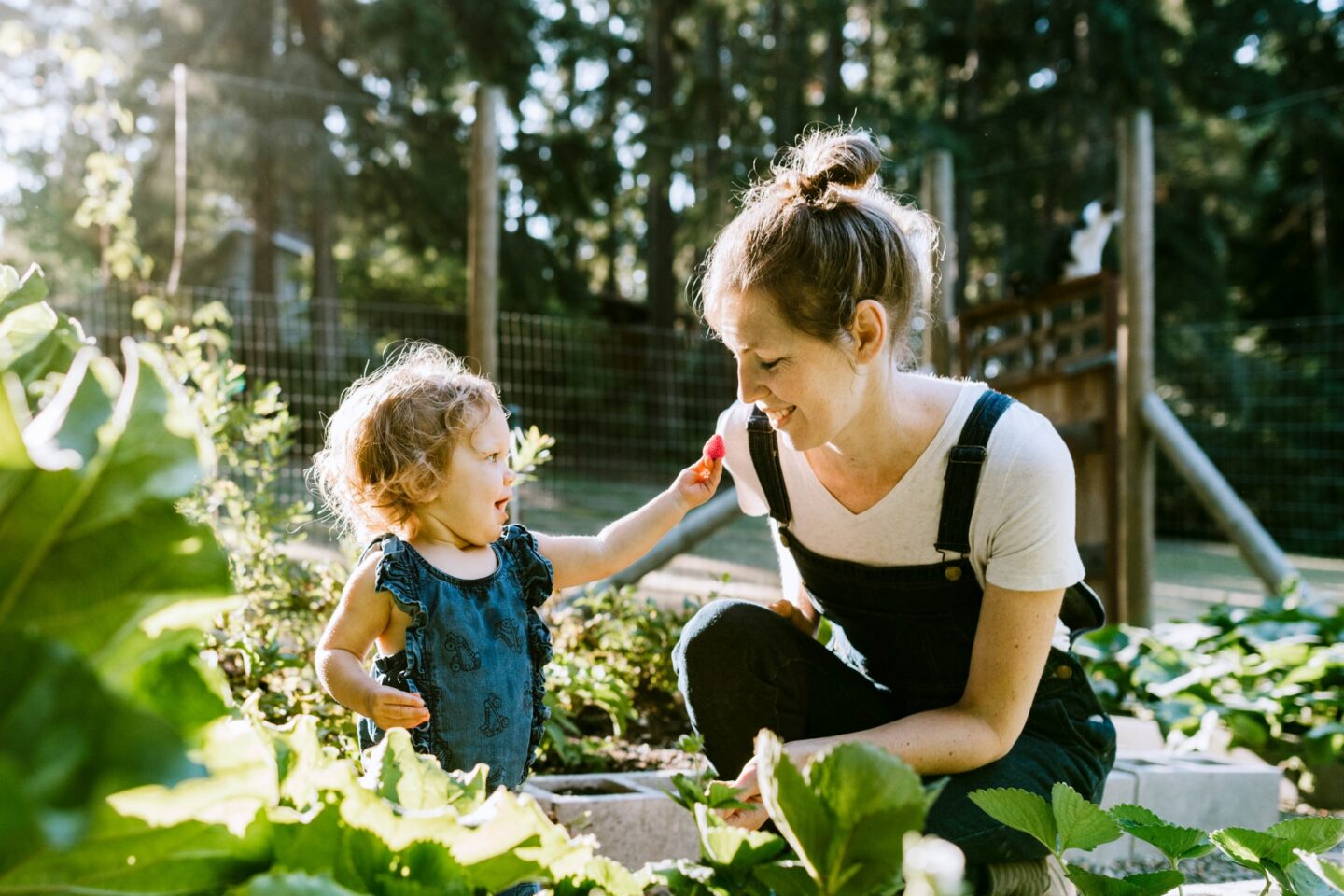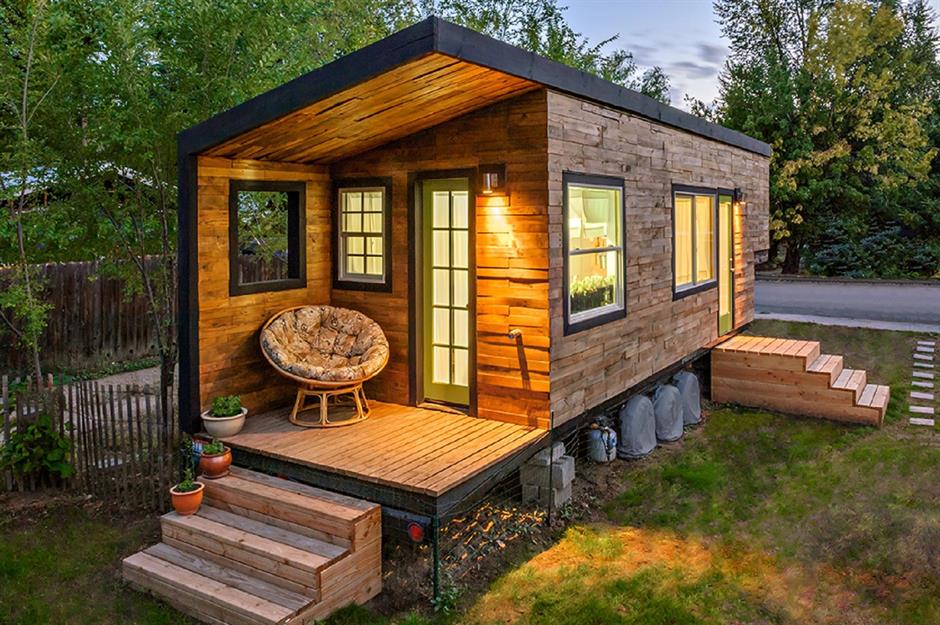Interior Home Design: Expert Tips for Stylish Spaces
Creating a stylish home interior involves more than just choosing beautiful furniture and decor. It’s about understanding design principles, incorporating your personal style, and paying attention to the details that bring a room together. Here are expert tips to help you craft sophisticated and stylish spaces in your home.

Understand the Basics of Interior Design
Balance and Proportion
Achieving balance and proportion in a room is crucial. Balance refers to the distribution of visual weight in a space. There are three types of balance: symmetrical, asymmetrical, and radial. Symmetrical balance creates a mirror image, while asymmetrical balance uses different objects of equal visual weight. Radial balance arranges elements around a central point.
Proportion relates to the size of objects in relation to each other and the space. To achieve proportion, ensure that furniture and decor items are scaled appropriately to the room’s dimensions. Avoid overcrowding a small room with large … Read more



